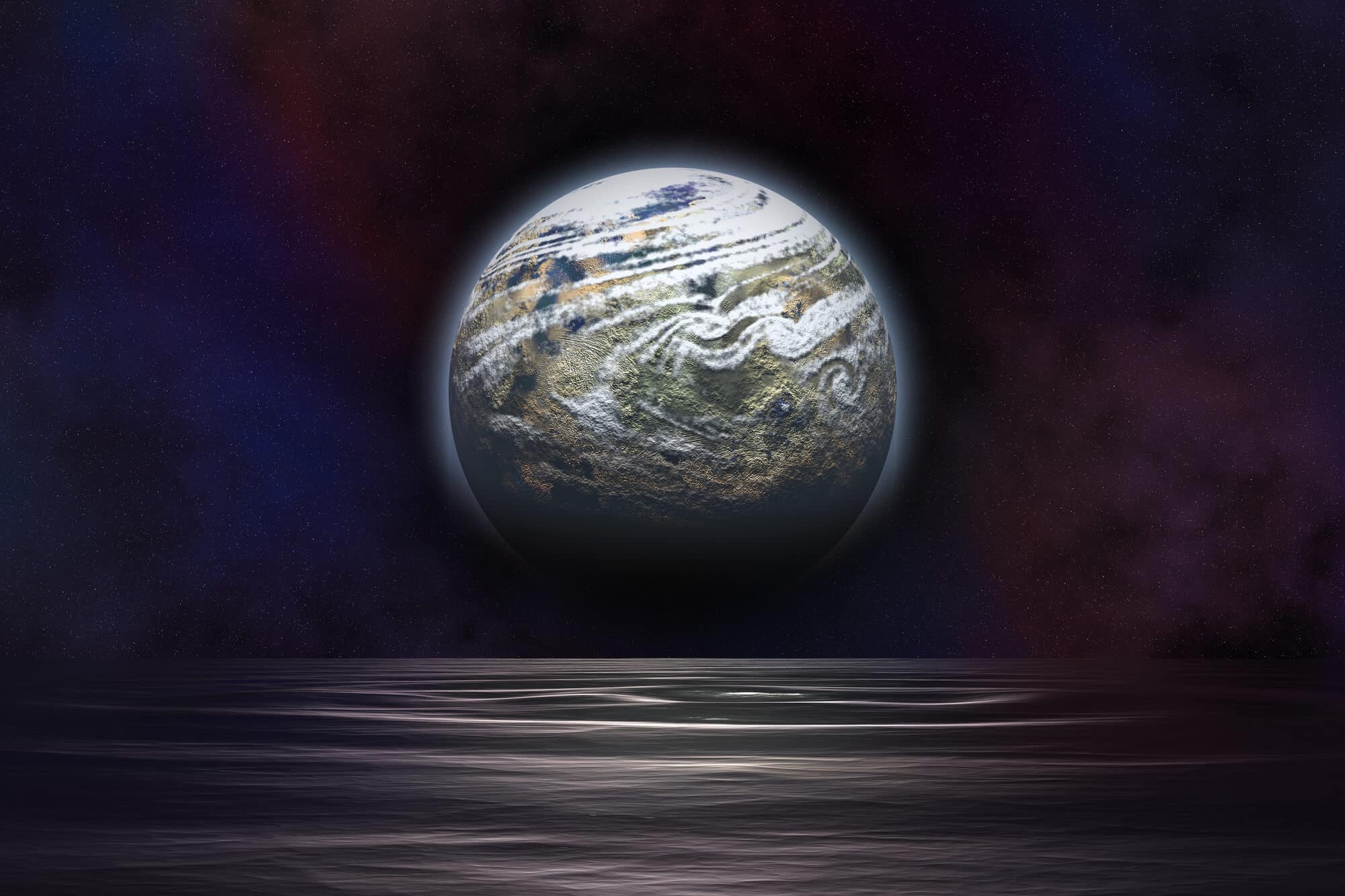A new study suggests that a third of the planets orbiting dwarf stars common to the Milky Way could potentially support life. As in the story of Goldilocks and the Three Bears, one plate is too hot, the second is too cold and the third is just right

Our familiar yellow, hot sun is relatively rare in the Milky Way. The most common stars in the gap are smaller and colder, and their mass is only half that of our sun at most. Billions of planets orbit these common dwarf stars in our galaxy.
To capture enough heat to sustain life, these planets need to crowd very close to their small stars, but then they are affected by extreme tidal forces.
In a new analysis based on the latest data from telescopes, University of Florida astronomers found that these extreme tidal forces could roast two-thirds of the planets around these ubiquitous little stars, uprooting them. But there still remains a third of the planets - hundreds of millions throughout the galaxy - that could be in a resplendent orbit ("golden zone") that is close enough, and mild enough, to hold liquid water and possibly support life.
Professor of Astronomy Sarah Ballard and PhD student Sheila Seiger of the University of Florida published their findings the week of May 29 in the Proceedings of the National Academy of Sciences. Ballard and Sigir have long studied exoplanets, the worlds that orbit stars other than the Sun.
"I think this research has real importance in the study of exoplanets in the next ten years, because the attention is shifting to this population of stars," said Seigir. "These stars are excellent targets for searching for small planets in an orbit where it is conceivable that there may be liquid water there and therefore the planet may be sedentary."
Seigeer and Ballard measured the eccentricity of a sample of more than 150 planets around these M-dwarf stars, which are about the size of Jupiter. The more oval the orbit, the more eccentric it is. If the planet's orbit is close enough to the star, about the distance that Mercury orbits the Sun, due to an eccentric orbit it can be acted upon by a process called tidal stretching. As the planet stretches and warps due to changing gravitational forces on its imperfect orbit, the friction heats it up. At the extreme, this could greatly heat the planet, eliminating any chance of liquid water.
"Only in these small stars is the sat region close enough for these tidal forces to be relevant," Ballard said.
The data came from NASA's Kepler telescope, which captures information about exoplanets as they move in front of their host stars. To measure the orbits of the planets, Ballard and Segir focused specifically on the time it took for the planets to pass across the stars. Their research also relied on new data from the Gaia telescope, which measured the distance of billions of stars in the galaxy.
"Distance is the really important piece of information that we missed in the past and allows us to do this analysis now," Seigir said.
Seigeer and Ballard found that multi-planet stars are most likely to have the kind of circular orbit that allows them to host liquid water. In stars with only one planet, chances are there will be a tidal stretch that will uproot the surface of the planet.
Since a third of the planets in this small sample had an orbit mild enough to potentially support liquid water, this likely means that the Milky Way has hundreds of millions of promising targets for searching for signs of life outside our solar system.
More of the topic in Hayadan:

5 תגובות
Thank you. i didnt pay attention to the picture content i will replace it immediately
To hot?
To cold?
Seriously?
Those are typos that shouldn't be there!
Venus and Mars in this region and there is no life on them. This is really not a sufficient condition. On the other hand, it may not be necessary because oceans can possibly support life thanks to internal heat
The information provided is insufficient. A more stringent check leaves 8 stars in the account in the galaxy, and they are not a big deal either.
You need a star to rotate around its axis and that's not much, exactly in the right research. It needs to have an atmosphere.
Apart from that in principle, suppose hypothetically there is an imaginary friend creator. The way people behave in Israel and the world, and civilizations in general, will find it difficult to succeed in their technological progress. That's why it's good to have many and far from each other. Thanks Abby for the article.
Yesterday we heard that Russia bombed the dam and caused the loss of tens of thousands of people and millions of homes. In addition, it threatens to damage a nuclear power plant. Causes one to think whether this humanity in our country and in the world is capable of reaching cultural maturity.
Only one thing was not said: existence of a life dependent on water in the way we know it.
Because there may be life forms that do not depend on water and are unknown to us...